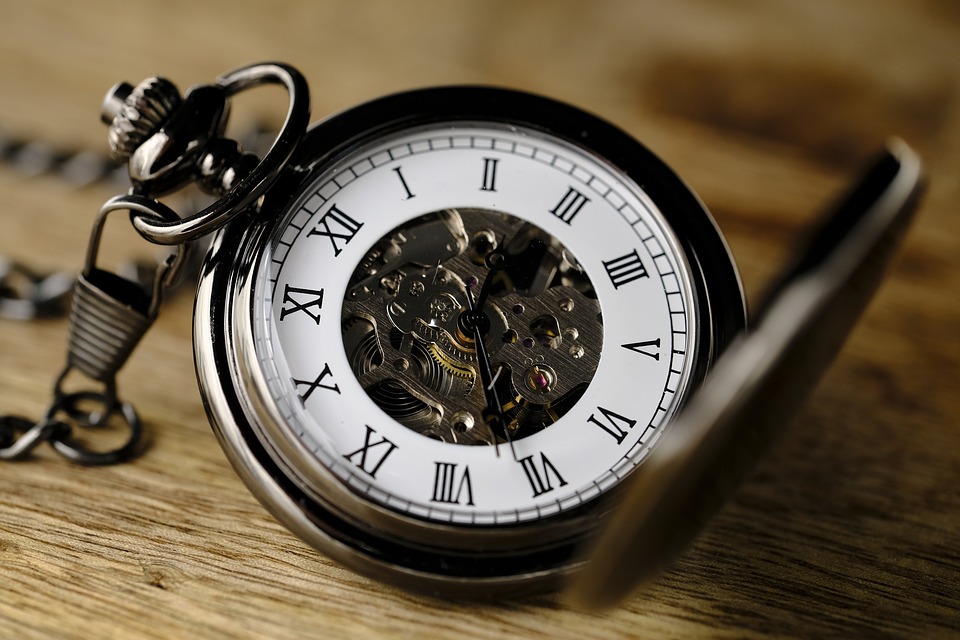
Losing weight is often a goal for people with type 2 diabetes, which is strongly associated with being overweight or obese. However, it hasn’t been clear what dieting strategy works best for people with this metabolic disorder.
A new randomized controlled study of people with type 2 diabetes showed that study participants who restricted eating to between noon and 8 p.m. daily lost more weight than those who reduced their overall calorie intake by counting calories. Both dieting strategies produced similar improvements in blood sugar levels.
“Many people find counting calories very hard to stick to in the long term, but our study shows that watching the clock may offer a simple way to decrease calories and lose weight,” said Vicky Pavlou, RDN, a doctoral student at the University of Illinois at Chicago who performed the new research. “Although time-restricted eating is becoming increasingly popular, no other studies have looked at an eight-hour eating window in people with type 2 diabetes.”
Pavlou will present the findings at NUTRITION 2023, the annual flagship meeting of the American Society for Nutrition held July 22-25 in Boston.
Eating only during an eight-hour window has been studied previously for people with obesity. However, the researchers, led by Krista Varady, a professor of nutrition at the University of Illinois at Chicago, wanted to find out if this strategy could be helpful for people with type 2 diabetes.
The study included a group of 75 racially and ethnically diverse people between 18 to 80 years old with obesity and type 2 diabetes. Participants were placed into one of three groups: time-restricted eating, calorie restriction, or control. The people in the time-restricted eating group ate only between noon and 8 p.m. while the calorie restriction group could eat at any time of the day but counted their calories on the MyFitnessPal mobile app with a goal of reducing their caloric intake by 25% of their maintenance calories — the calories needed to maintain their current weight. The control group continued eating their normal diet.
Over the course of the six-month study, the researchers found that the people on the time-restricted eating diet lost 3.55% of their body weight relative to the control group. This would be the equivalent of a person weighing 275 pounds losing just under 10 pounds. The calorie restriction group did not lose any weight relative to the control group. Compared to the control group, blood sugar (HbA1C) levels decreased in both the time-restricted group (-.91%) and the calorie restriction group (-.95%).
The researchers also assessed whether these diet strategies improved cardiometabolic risk factors, but the weight loss achieved with the time-restricted eating did not reach the 5% mark typically necessary for improvement in these factors. Also, the study participants were taking cholesterol and blood pressure medications, which makes it difficult to observe improvements in cardiometabolic risk factors.
“Our study shows that time-restricted eating can be a good alternative for those with type 2 diabetes who want to lose weight and improve their blood sugar,” said Pavlou. “However, there are multiple types of medications for those with type 2 diabetes, some of which can cause low blood sugar and some that need to be taken with food. Therefore, it is important to work closely with a dietitian or doctor when implementing this dieting approach.”